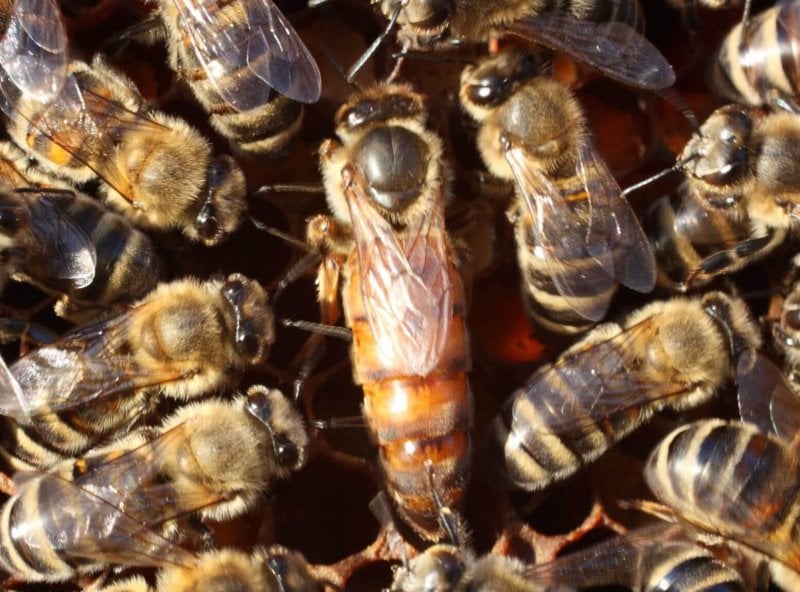[Editor’s note: James Gilbert is a lecturer in zoology at the University of Hull.]
A new study has shown that some bee workers are queenslayers who will rise up and kill their queen if she produces the wrong sort of male offspring. The throne can then be seized by one of her daughters, who will produce the right kind of male heirs – ensuring the survival of the bloodline. Why would bees favour some queens over others based on their sons?
…
If by random chance the queen has mated with a male that carries a [complementary sex determination] allele identical to hers, then half her diploid offspring will only have one kind of CSD allele and become male instead of female, effectively halving the workforce of the new generation.
…
If the queen is producing hungry, lazy, sterile males, then killing her allows one of her daughters to become a new queen, producing genuinely reproductive male heirs. The workers can then help the new queen perpetuate their collective genetic legacy.
How do the workers detect sterile males? The researchers showed that, to workers, normal haploid males and sterile diploid males smell different. The two distinct smells develop a short while after the males emerge. How long afterwards, do you suppose? About 10 days – precisely the point at which the queens in the experiment began “mysteriously” dying off. The smoking gun.
The GLP aggregated and excerpted this blog/article to reflect the diversity of news, opinion, and analysis. Read full, original post: A game of drones: why some bees kill their queens































